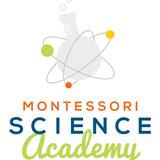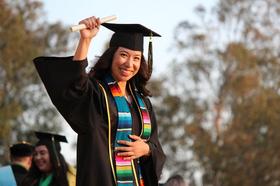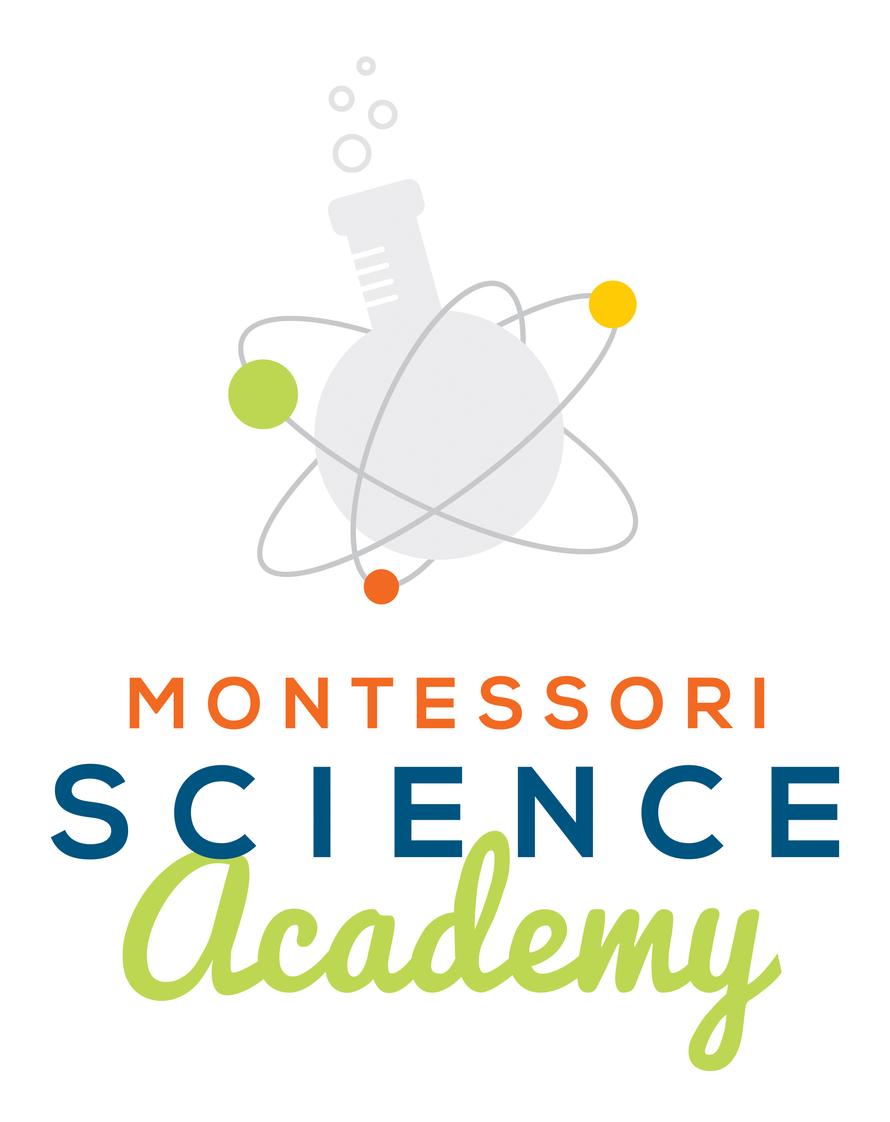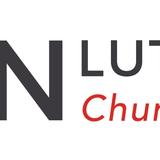For the 2025-26 school year, there are 2 private elementary schools serving 287 students in New Palestine, IN.
The top ranked private elementary school in New Palestine, IN is Zion Lutheran School.
The average acceptance rate is 90%, which is higher than the Indiana private elementary school average acceptance rate of 82%.
50% of private elementary schools in New Palestine, IN are religiously affiliated (most commonly Lutheran Church Missouri Synod).
Top Ranked New Palestine Private Elementary Schools (2025-26)
School
Location
Quick Facts
6513 W 300 S
New Palestine, IN 46163
(317) 861-4210
New Palestine, IN 46163
(317) 861-4210
Gr: NS-8 | 216 students Avg. class size: 12 students Sports: 5 | Extracurrculars: 10 Tuition & acceptance rate listed
Montessori Science Academy![Montessori Science Academy Photo Montessori Science Academy Photo]()

Montessori School
4147 s 600 w
New Palestine, IN 46163
(317) 909-3567
New Palestine, IN 46163
(317) 909-3567
Gr: PK-8 | 71 students Sports: 2 | Extracurrculars: 2 Tuition listed
Frequently Asked Questions
What are the top ranked private elementary schools in New Palestine, IN?
The top ranked private elementary schools in New Palestine, IN is Zion Lutheran School.
How many private elementary schools are located in New Palestine?
2 private elementary schools are located in New Palestine.
What percentage of private elementary schools are religiously affiliated in New Palestine?
50% of private elementary schools in New Palestine are religiously affiliated (most commonly Lutheran Church Missouri Synod).
Which private elementary schools in New Palestine are often viewed compared to one another?
Popular comparisons of private elementary schools in New Palestine include: Montessori Science Academy vs. Zion Lutheran School
Recent Articles

Student Success Predictors at Community Colleges
A practical guide to student success predictors at community colleges for private school advisors helping graduates navigate two-year pathways.

Career Pathways with Community College for Private School Grads
Explore top career pathways with community college for private school graduates, including high-demand jobs, transfer options, and 2025 workforce trends.

Navigating the FAFSA & Financial Aid Timeline for Community College
Learn how to navigate FAFSA and financial aid timelines when starting at community college — from application to disbursement in 2025.




